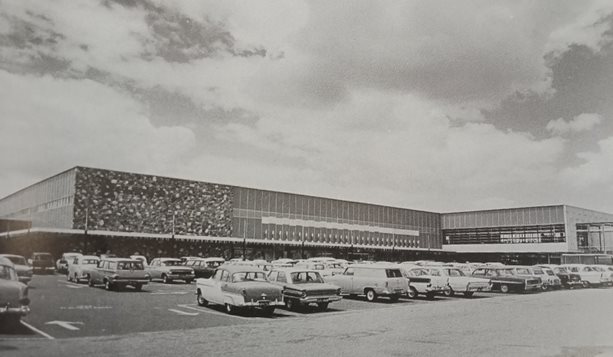During the post-war years, the responsibilities of the council increased enormously. Where once the construction of roads was the “bread and butter” of local government, the Shire of Bayswater was now expected to plan the growth of the shire, develop new areas and provide landscaped parks, recreation and aged care facilities and a host of other services. This was typified by the construction of the Bayswater Aquatic Centre and Mertome Retirement Village in the 1970s.
The development of the suburb of Noranda also occurred during the 1970s by the Shire. This was achieved through a resumptive scheme, where the shire acted as developer on behalf of a number of land owners. Noranda was carefully planned for years before the land was finally released for sale. This project was later followed by another resumptive scheme: the Carramar Estate.
In the early 1980s, the Tonkin Highway was built. Unfortunately, the highway cut through the old communities of Whatley and Hampton Park, changing the character of these areas forever. The construction also had the effect of cutting off the old routes of Walter Road and Beechboro Road. An overpass was instead built at the newer Broun Avenue.
In 1983, the Shire became the City of Bayswater, a reflection of its increased population and changed character. This coincided with the move to the current council offices at 61 Broun Avenue, Morley.
The Galleria shopping centre opened in 1994, on the site of the old Boans building that burned down in 1986. Morley is one of the largest commercial district outside Perth and further growth is expected.
